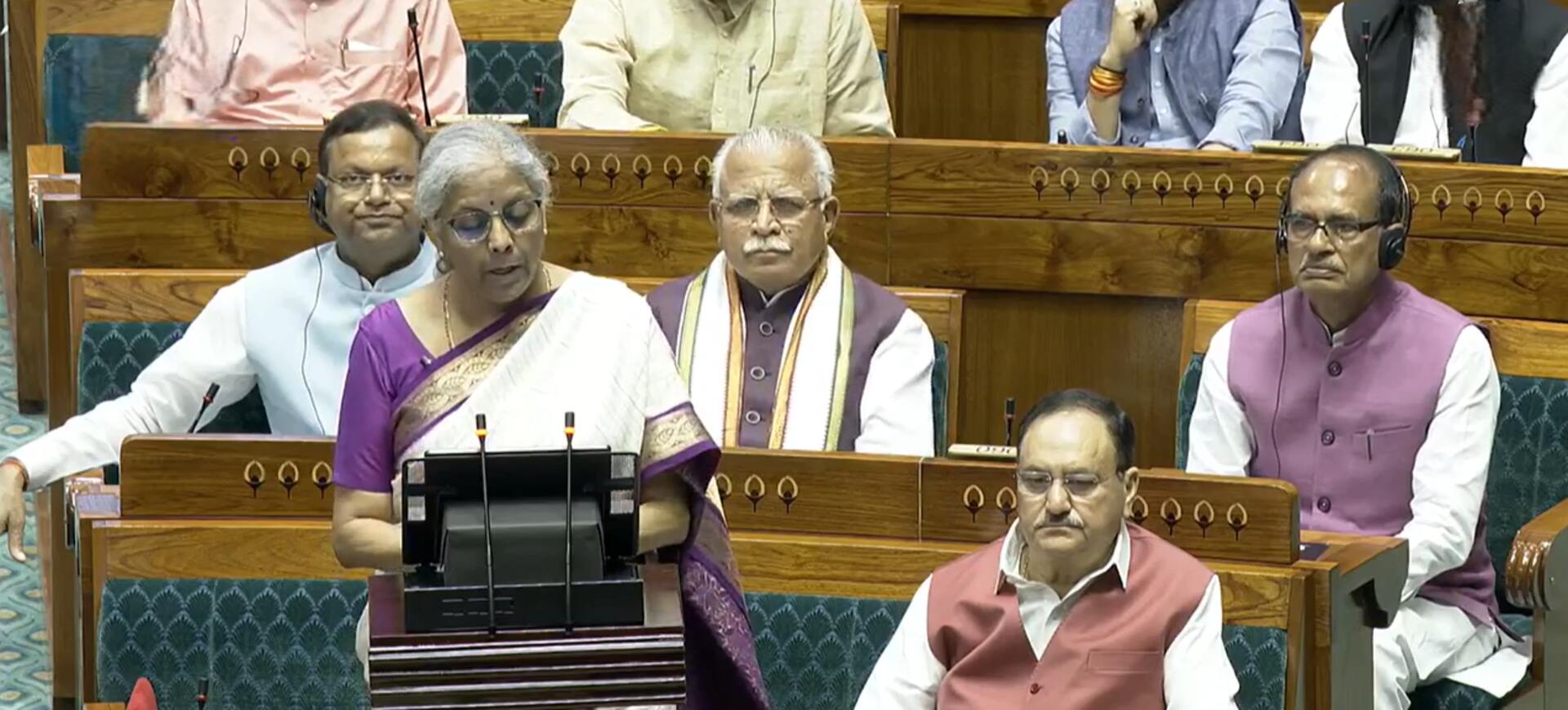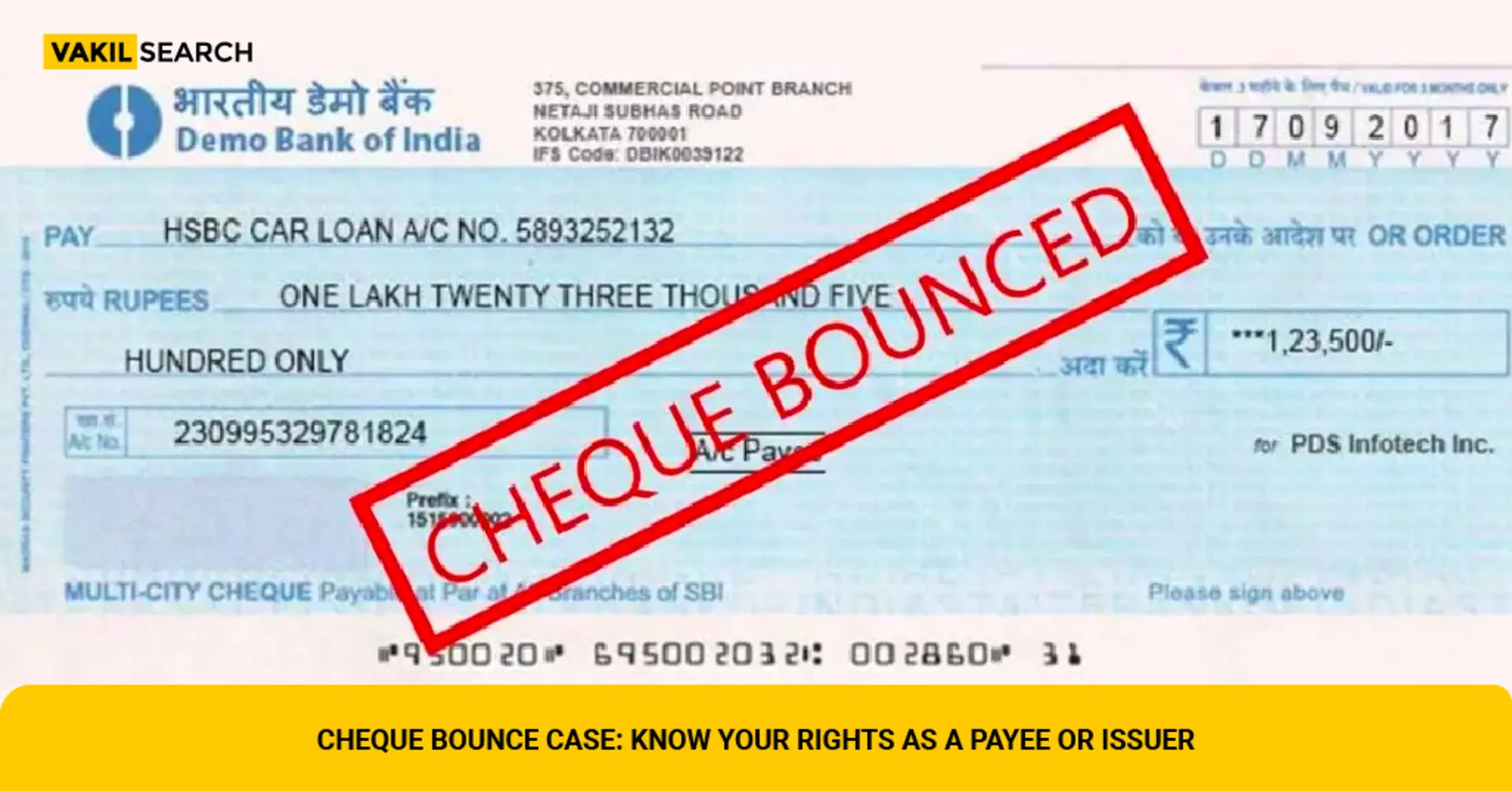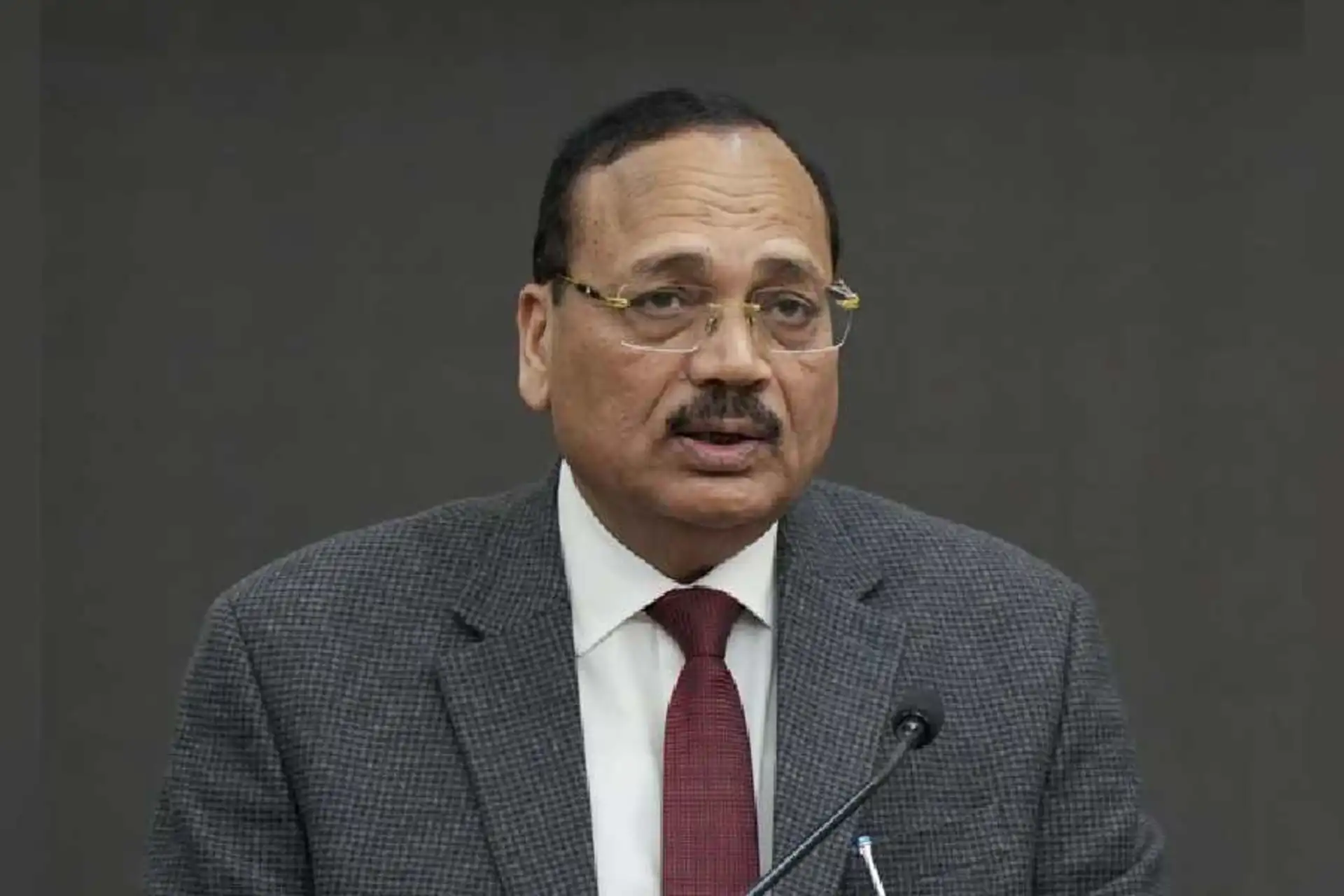
India’s Finance Minister Smt. Niramala Sitaraman presented the Indian budget for FY25. The Union budget is one of the most awaited documents in the entire nation as it shows the financial health of the entire nation. The budget is also a document that showcases the government’ vision for the current fiscal year. The budget of independent India was presented for the first time in 1947. The budget usually has a lot of exciting announcements that impact the well being of citizens across the nation.
The budget has the dual role of improving growth & welfare, along with maintaining fiscal discipline in the nation. This year also tries to do the same, here are the big hits & misses from the budget.
Big Hits:
1.The biggest hit of the budget is the focus towards youth skilling. The outlay of almost 2 lakh crore, along with the income for interns working in top–500 firms and the first income of 15,000 for freshers, will help in boosting private consumption as this is one segment, where consumption is still sluggish globally. These schemes would also help in significant upskilling among the Indian youth. The tilt towards jobs is welcome & the biggest positive part was that even the urban planning was also integrated with this economic area with the announcement of the 10 Growth Hubs in the country which can create employment at a massive scale.
2.The second biggest hit of the budget is the simplified taxation system that can help in generating greater revenue among others. The LTCG system has been greatly simplified by rationalising all asset classes under one roof, which can have significant long – term benefits in the way tax collection is done in the nation. The slight changes in income tax slabs will also make sure that government revenue patterns are not disturbed in the long run. Given, LTCG rates have increased, it can actually help in fostering a good long term investing habit among consumers. The increase in standard deduction only in the new tax regime, shows the government’s willingness to give better thought of tax reliefs to the common population. The abolition of angel tax, can open the doors for a National Venture Capitalist Promotion policy for the future, which is important considering the lack of VGFs for startups.
3.The significant push that has been given for the rural economy, can yield to greater rural productivity in the longer run for the nation. The allocation of 1.52 lakh cr for agriculture & allied activities is significant as it can lead to development of around 109 horticultural products which are climate resilient. This step can help the government & farmers battle the serious issue of climate change in today’s day and age. The agri-certificates for 1 crore farmers via branding can bring in the much required marketing reforms in this particular segment. The agri-marketing via digital public infrastructure, Jan Samarth by Kisan Credit Cards . Financial support for nuclear breeding centres for shrimps can help in improving marine agriculture at large.
4.Another big positive take away from the budget are the concessions made for the states of Andhra Pradesh & Bihar in multiple sectors. Almost 1 lakh crore budget in the form of various capital based schemes have been earmarked for these states, which have lagged in the developmental journey of India over the past couple of years.
5.Push on nuclear energy is a very interesting proposition made by the union finance minister in the budget speech as well. Reforms such as the Anusandhan National Research Fund and NPS Vatsalya, have a lot of promise within themselves, it can lead to more enrollment into research based foundational work & new pension era, which can be a gamechanger in the longer run.
6.Green Financing & PM-Suryaghar Yojana are also big under-reported hits of the budget.
Big Misses:
1.The budget also has its own drawbacks in the form of various sectors. For example: The booming sectors of civil aviation & railways have not been given much concessions or new schemes which may act as a drawback for the long run infrastructure development & quality of infrastructure in the nation as well.
2.The removal of indexation rates over gold & real estate is a harsh decision, as it can directly impact the inflation adjusted value of these 2 asset classes, which are considered socially important in the nation.
3.The main drawback of the budget is the lack of proper provisioning for interest payments which is taking up 19% of total expenditure, which is not an ideal situation for a developing economy like India.
4.Despite globally the world being in Olympic year, it's disheartening to see that no new PLI scheme for sports goods manufacturing was announced, which may act as a drawback for the nation in the longer run.
5.The capex being retained at 11.1 lakh cr, despite the RBI dividend & not increasing it is not a good sign for the economy.
6.This is also the second straight budget where there is no mention of divestment targets, this may be the government showing signs to bow down to political pressure from opposition.
Overall, the budget is heavily focused on EMPLOYMENT as its main mantra with significant focus on making the youth heavily skilled to be ready for the global uncertainties in today’s day & age. The budget may have some drawbacks, but it is a promising start towards the historic third term of the Modi Government.















